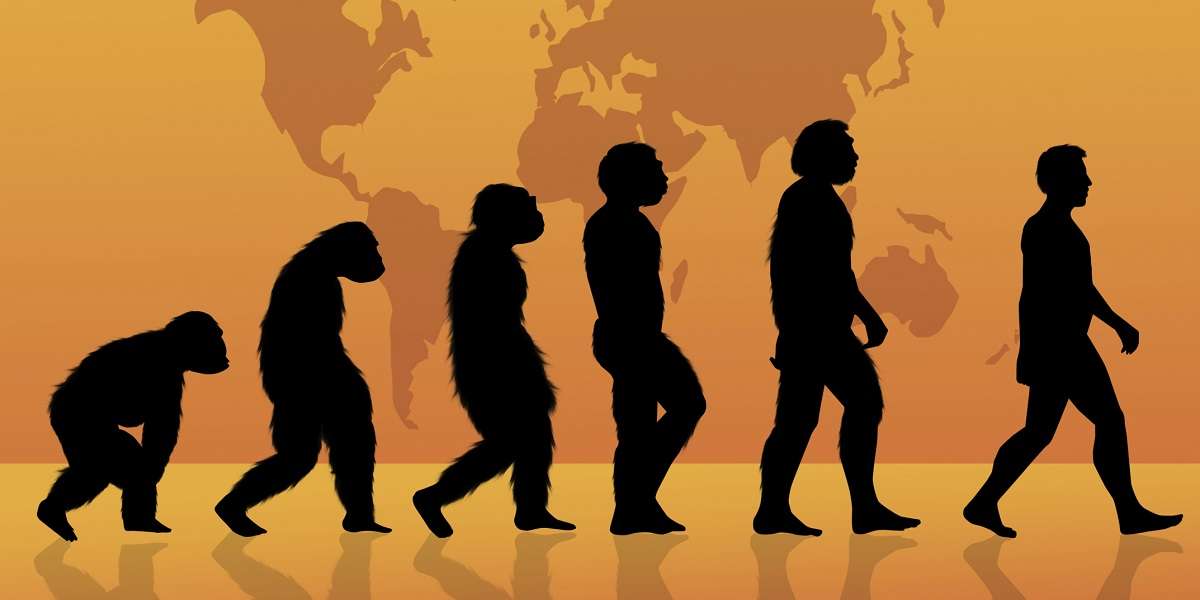In A Nutshell
We tend to think of evolution as a slow process that takes hundreds of thousands of years. While it certainly can take many generations for a fish to wander out onto land or a single-celled organism to grow more complex, it can also happen through entire species in our lifetime. Recently, scientists have cataloged a host of changes in a few lizards that were relocated from one island to another, and other creatures, such as salamanders, are showing they can evolve to adapt to the pollution in their environment.
The Whole Bushel
By definition, it seems as though evolution is a process that should take an indeterminately long time. And it does take generations; evolution doesn’t happen in a single individual’s lifetime, as it requires a change in the genetic makeup of a creature. That change only happens between generations. We have plenty of evidence for evolution taking place over an extended amount of time, and we can trace new shapes and adaptations through the fossil record and look at the gradual change of species as they adapt to changing environments or a move to new ones. But evolution doesn’t always take forever, and we have several examples that illustrate just how fast it can happen.
In 1971, several pairs of Italian wall lizards were moved from one island off the coast of Croatia to another. When war broke out, the scientists that were in charge of the project couldn’t go back. The lizards have had four decades of unmonitored growth and development. Those original five pairs have spawned a population in the thousands (confirmed by DNA testing).
There had been a native lizard population, but those less aggressive lizards were gone. The immigrant lizards hadn’t just taken over: They had also developed extra muscles in their intestinal tract to allow them to successfully digest and survive on a vegetarian diet that they hadn’t been accustomed to previously. Their gut structure changed to process vegetarian material. The lizard’s bite had evolved to more easily bite and chew leaves, and that had also changed the structure and size of their heads.
These changes occurred in only about 30 generations of lizards.
Similarly, soil mites have been shown to undergo a rapid evolution, changing their genetic makeup in response to their environment. Scientists in the UK have looked at the development of soil mites in relation to their environment, and found that over a span of 20 generations, the mites’ genetics changed in such a way that it doubled their life span.
It’s also been found that salamanders that live in a toxic environment have adapted to survive the toxicity that’s absorbed into their bodies. A study by a Yale PhD student Steve Brady compared two groups of salamanders—one that lived in an untouched woodland, and one that lived in the toxic sludge that were roadside puddles. While fewer eggs were hatched in the more toxic environment, the life span of the surviving salamanders was much longer. Decades later, follow-up studies of a similar variety showed that animals such as fish and salamanders are indeed adapting to live in polluted waters and environments.
Even the Galapagos finches have been shown to be evolving in the time it takes to complete a scientific study. Researchers have documented changes in the birds’ beak shapes, over the course of just three decades. One theory about how evolution seems to happen so fast is based around a sort of latent gene, lying buried or dormant in a creature’s genes until it’s needed, but there is obviously no general consensus among scientists.
Our rapidly changing world and the damage we’re doing to the environment is forcing many species—like the salamanders, the minnows, the birds—to adapt or perish. While most of the species this phenomenon of rapid evolution has been documented in are small or invertebrates, it opens the door to more questions about evolution than answers.
Show Me The Proof
BBC News: Environmental change ‘triggers rapid evolution’
National Geographic: Lizards Rapidly Evolve After Introduction to Island
Emily Monosson: Toxic Evolution of Spotted Salamanders










